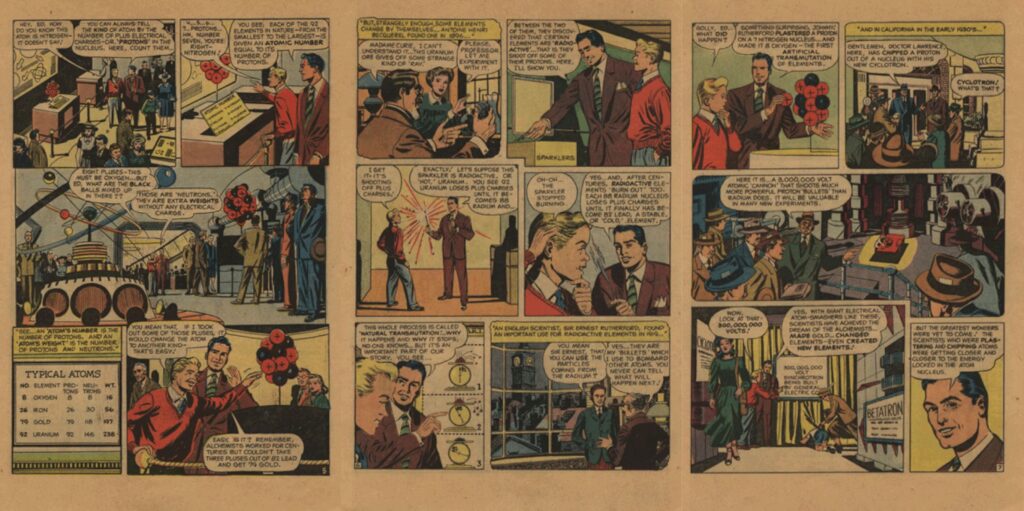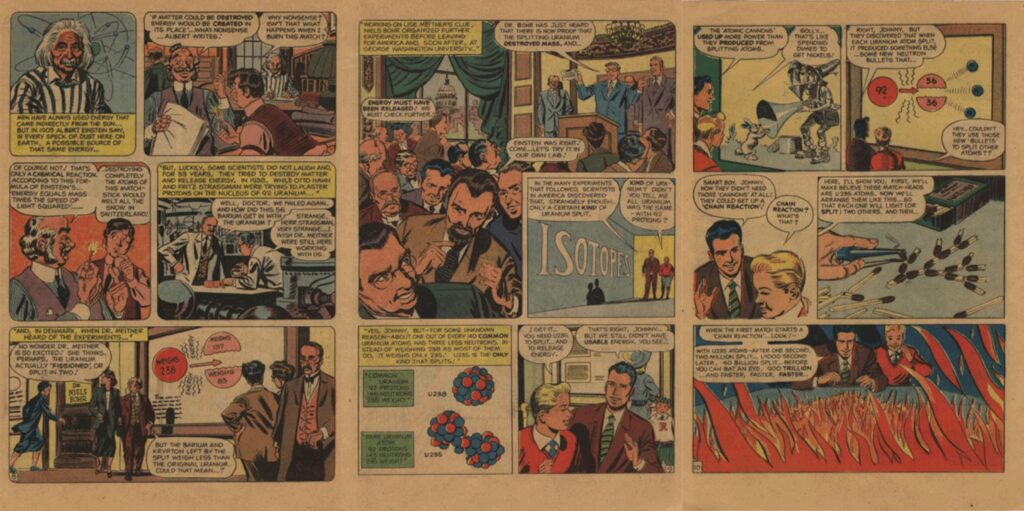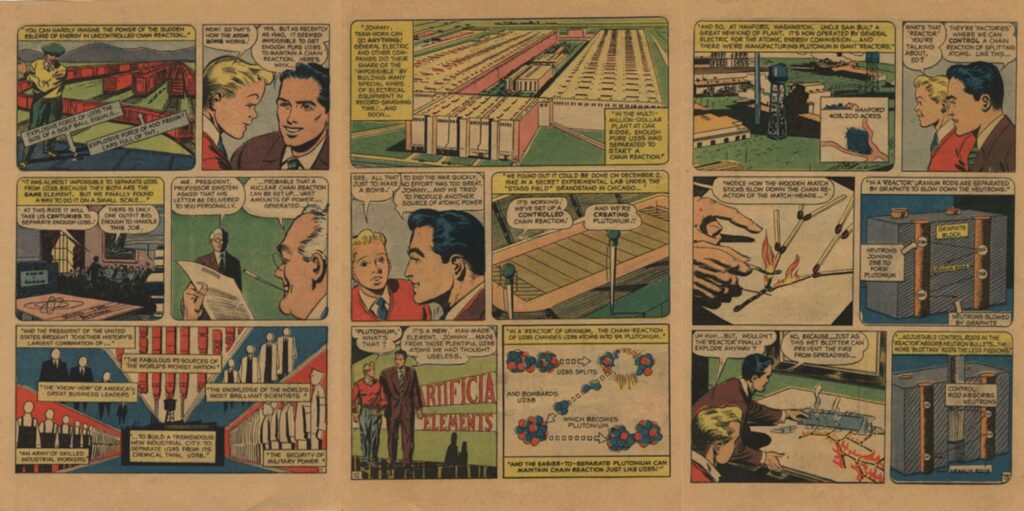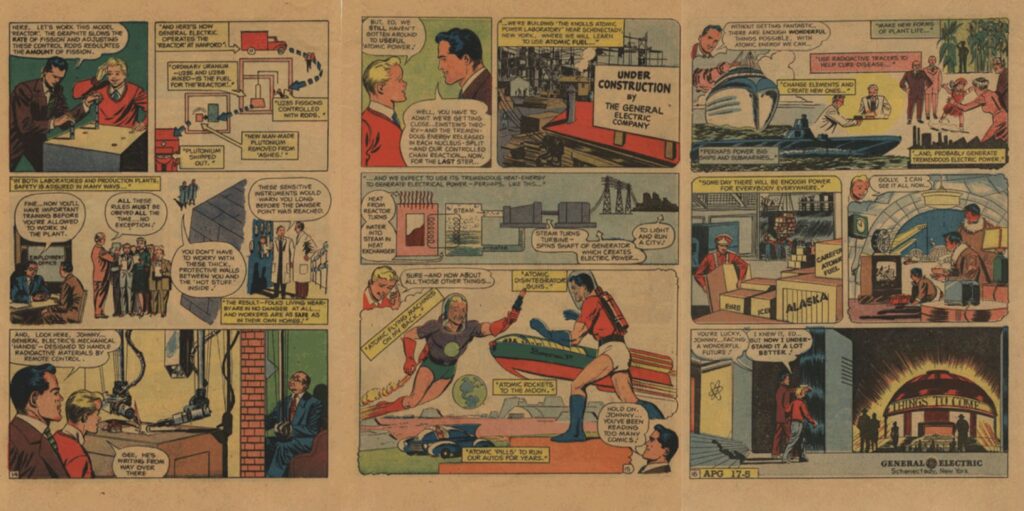Enhancing Learning Through Visual Storytelling: In recent years, there has been a growing recognition of the value of using comics in education. Educators increasingly integrate comics into their teaching practices from traditional classrooms to online learning environments to engage students, promote critical thinking, and enhance learning outcomes. In this comprehensive guide, we will explore the use of comics in education, discuss their benefits, and examine how educators can effectively incorporate comics into their teaching repertoire.
1. Understanding the Use of Comics in Education
Comics, visuals, and text offer a unique and engaging way to convey information and tell stories. By leveraging the power of visual storytelling, comics have the potential to capture students’ attention, stimulate their imagination, and make complex concepts more accessible and understandable.
2. Should Comics Be Used in the Classroom?
The use of comics in the Classroom has sparked debate among educators. While some advocate for their inclusion as valuable teaching tools, others express concerns about their academic legitimacy and potential distractions. However, research has shown that comics can effectively support learning across various subjects and grade levels when used thoughtfully and purposefully.

3. Educational Comics for Students
Educational comics cover a wide range of topics and can be tailored to suit the needs and interests of students of all ages. Educational comics are available on virtually every subject, from history and science to literature and mathematics. These comics often present factual information in a visually engaging format, making learning more enjoyable and memorable for students.
4. Education Comic Strips: A Brief Overview
With their concise storytelling and humorous tone, comic strips have long been popular entertainment. In recent years, educators have begun recognizing their educational potential and using it to teach vocabulary, grammar, and other language skills. Comic strips can also promote critical thinking and media literacy by encouraging students to analyze visual and textual elements.

5. Comics in the Classroom: Practical Applications
There are numerous ways educators can incorporate comics into their teaching practice. Some common strategies include:
- Using comics as supplementary reading materials to reinforce concepts covered in class.
- Encouraging students to create their comics to demonstrate their understanding of a topic or to express their creativity.
- Incorporating graphic novels into literature or history units to explore themes, characters, and narrative structures.
- Using comic strips or cartoons introduces new vocabulary or illustrates grammatical concepts in language learning.

6. Exploring the Benefits of Comics in Education
Comics offer several benefits for both students and educators:
- Visual Engagement: Comics captivate students’ attention through vibrant visuals and dynamic storytelling, making learning more engaging and memorable.
- Comprehension and Retention: Comics’ combination of visuals and text helps students better understand and retain information, particularly complex or abstract concepts.
- Critical Thinking: Analyzing comics requires students to interpret visual cues, infer meaning, and connect images and text, fostering critical thinking skills.
- Creativity and Expression: Creating and sharing comics allows students to express themselves creatively, develop their storytelling abilities, and build confidence in their communication skills.
- Inclusivity and Diversity: Comics often feature diverse characters and perspectives, providing students with opportunities to explore issues of identity, culture, and social justice.

7. Overcoming Challenges and Misconceptions
Despite comics’ many benefits in education, educators may encounter some challenges and misconceptions. These include concerns about comics’ academic rigor, resistance from traditionalists, and difficulties finding high-quality educational comics that align with curriculum standards. However, with proper planning and support, educators can overcome these challenges and harness comics’ educational potential.
8. Embracing Comics as Educational Tools
In conclusion, comics have emerged as valuable educational tools that can enrich teaching and learning across a wide range of subjects and grade levels. Educators can engage students, promote critical thinking, and foster creativity and Expression by incorporating comics into their teaching practice. As the educational landscape continues to evolve, comics will undoubtedly play an increasingly important role in shaping the future of education.
Frequently Asked Questions (FAQs) about Enhancing Learning Through Visual Storytelling
1. What are some examples of educational comics?
Educational comics cover various topics, from history and science to literature and mathematics. Some famous examples include “Maus” by Art Spiegelman, “Persepolis” by Marjane Satrapi, and “March” by John Lewis.
2. How can educators find high-quality educational comics?
Educators can find educational comics through online retailers, public libraries, educational publishers, and specialized comic book stores. They can also explore digital platforms and websites offering curated educational comic collections.
3. Are comics suitable for all grade levels?
Yes, comics can be adapted to suit the needs and interests of students of all ages, from elementary school to college. Educators can select comics that align with each grade level’s curriculum standards and academic objectives.
4. How can educators assess students’ learning using comics?
Educators can use various methods, such as written reflections, discussions, quizzes, and creative projects. They can also use rubrics to evaluate students’ comprehension, critical thinking, and communication skills demonstrated through their engagement with comics.
5. Are there any potential drawbacks to using comics in education?
While comics offer numerous benefits, some potential drawbacks include concerns about academic rigor, limited representation of diverse perspectives, and challenges in finding age-appropriate content. However, these drawbacks can be addressed through thoughtful selection, planning, and integration of comics into the curriculum.
This post was created with our nice and easy submission form. Create your post!




One Comment